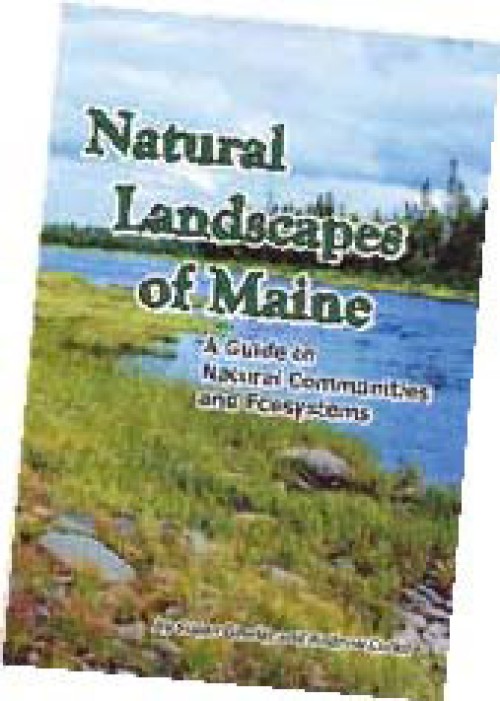by By Susan Gawler and Andrew Cutko
Maine Natural Areas Program, Maine Department of Conservation, Augusta, Maine, 2010
As a forest ecologist, one of the things I really enjoy about my work is being able to observe how trees and other plants grow in different combinations in different regions. For example, a northern hardwood forest in Maine is likely to be dominated by some combination of sugar maple, yellow birch, and beech. In northern Wisconsin, however, I would expect to find maple sharing the canopy with basswood and white ash, a combination found only on the richest sites in Maine. The factors that drive these regional patterns in forest types – namely climate and soils – also operate at more local scales within an ecological region or state.
For foresters, the ability to recognize these local and regional patterns is an important component of ecological forestry, and for those who simply enjoy time in the woods, this knowledge adds depth to the experience in the same way that some people may enjoy the subtle differences in varieties of wine or beer.
Foresters, landowners, and nature lovers in Maine now have a useful guide to identify the various natural communities found in the state. Natural Communities of Maine provides easy-to-understand descriptions of the natural community types recognized by the Maine Natural Areas program. Each community is described on a pair of facing pages; descriptions include a list of characteristic plants, tips on how to differentiate the community from similar types, soil and site characteristics, conservation, wildlife, management considerations, distribution of the community within Maine, and where examples can be found on public lands. Color photos and range maps round out the descriptions.
You don’t need to be an expert at plant identification to use this book. A dichotomous key in the beginning helps the reader quickly identify the most likely community from a range of possibilities. The forest communities can be sorted out by easy to identify plants, mostly canopy species. Because landscape position is frequently used as a diagnostic characteristic, most of the communities dominated by nonwoody plants can also be sorted out, even if, like me, you’re weak when it comes to identifying grasses and sedges. Also useful are background sections on natural communities and ecosystems and comparisons with other classification systems.
This book is a must buy (and must use) for foresters and other natural resource professionals in Maine. Some land managers may find that this is the only system they need to classify and map plant communities, while others may find that using the natural community classification in addition to whatever cover type system they are currently using will strengthen the ecological foundations of their management.
Natural Communities of Maine is also strongly recommended for others who want to know the what and why of Maine’s forest, wetland, and tidal ecosystems.
As of the time of this publication, this book is not available on Amazon. Please click here to order your copy.


